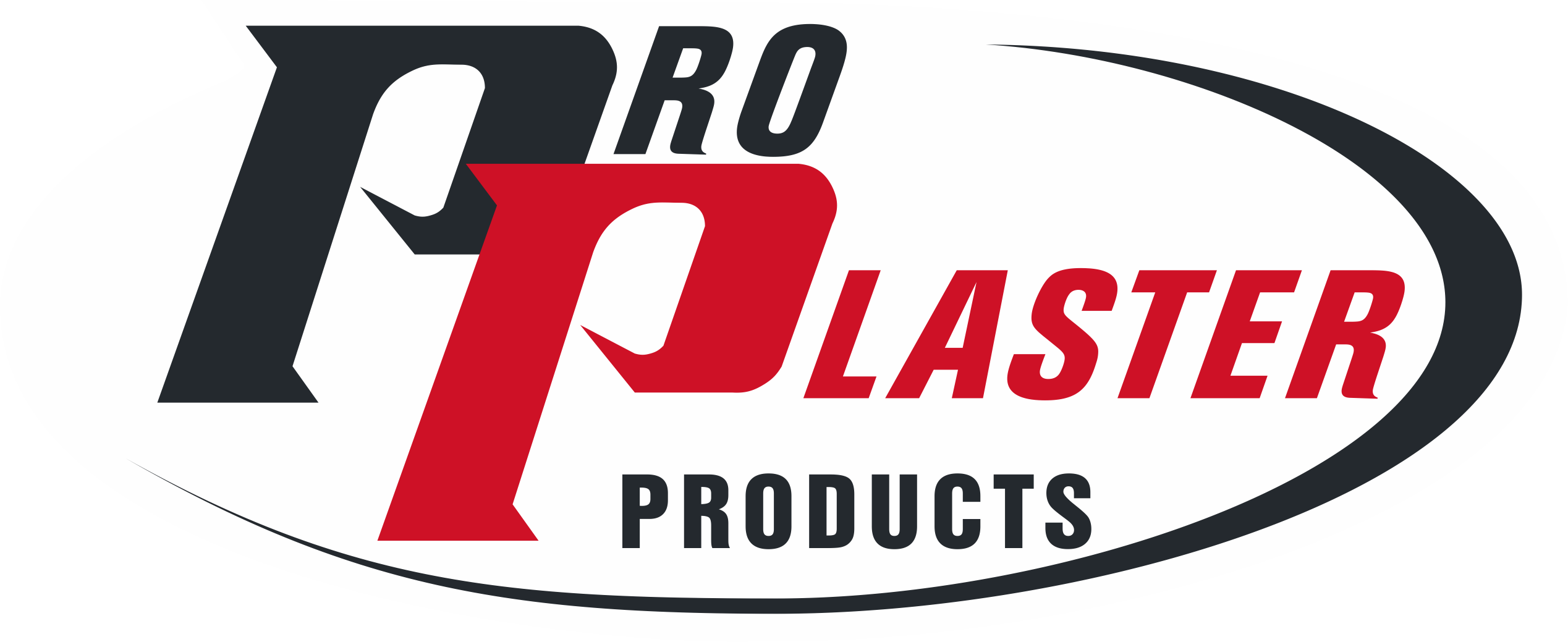
The early 90s saw the introduction of the airless spray; without doubt a brilliant innovation for the paint industry. However anyone at the front line of the finishing trades will know that, other than speed of application, it offers little or no benefits for the painting of plasterboard.
No longer is there a reasonable balance. The solution to one trades woes suddenly became anothers worst nightmare.
Following the industries reluctant acceptance of the spray method of painting for plasterboard, changes to building design has seen larger rooms, bigger openings (more glass) with adventurous lighting systems. As plasterers battled to cope with these more demanding applications, Level 5 finishes were introduced in a bid to try and achieve the elusive blemish free finish. To this day Level 5 is one of the least understood systems in the building industry and it has provided more questions than answers. If the plasterboard finish is unacceptable, many think that applying a Level 5 finish over the top will fix the job. However, Level 5 must start with the designer, the framer and involve the plasterer and painter before and not after the work is done. And let’s not forget that even following this process – Level 5 will give you the best result achievable – it is no guarantee of a blemish free finish, as indicated in the Standards.
Focusing totally on the plasterer to provide all the answers is neither fair nor practical. Smooth automotive finishes for internal linings are totally unachievable. Expectations of blemish free plasterboard finishes continue to be a cost on the industry and part of the reason that paint and plasterboard compete regularly for the top spot on the Building Services Authority top 10 defect list.
The presentation of an acceptable paint finish over plasterboard linings will always be highly dependent on favourable lighting conditions, and a paint application that meets the Standards – not prepaint patching with a magnifying glass and a fluorescent light.
Considerations:
- Plasterboard linings are made up of two substrates, textured paper and smoother plastered joints. When finished the surfaces are expected to appear identical. A spray gun is only going to be able to achieve that if the proper application and technique (Three quality coats all backrolled) is used.
- Paint coating has to equalise the surface porosity differences. Differences in drying rates between the joint compound and the face paper will really show up inferior quality paints and poor application.
- The spray paint method exposes nap raising, highlights joint edges, necessitates the need to sand screw holes, pin holes are made prominent causing prepaint patching to be carried out to unheard-of levels. Spray painting also exposes the difference in texture variation. All of which require quality paint and proper application to overcome.
- Despite the literature available on recommended spray painting practices, it is still common on site to see painters rolling only the last coat if you are lucky. Forget rolling all three coats.
- Despite the Standards requiring three coats, backrolling all coats and using a quality sealer, there is still pressure in the trade to use two coat systems. Combined with poor quality trade paint – it is a guarantee of a poor result.
To Note:
It needs to be understood that any information contained herein is not meant as a reflection on trade skills either paint or plaster. However, there is a need to adjust current practices to accommodate:
- Changes in modern building design and consumer expectation.
- The ability or otherwise of products – both paint and plaster – to cope with the expected pace of the project (drying times etc.)
- Both materials and tools available need to be understood (mechanical sanders, spray paint applicators, soft sanding compounds, low viscosity paints.)
- The need to provide owner education on product limitations and applications.
There must be a better way. Working together to find a solution appears the only answer.
Article courtesy of AWCI On The Surface Magazine, 11th Edition – Spring 2011

Leave Comment